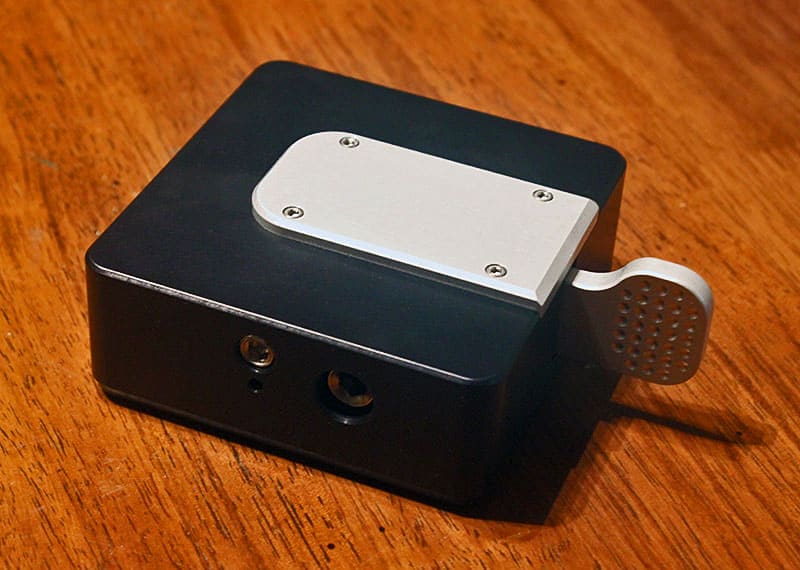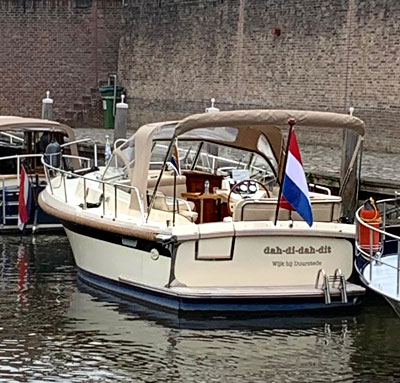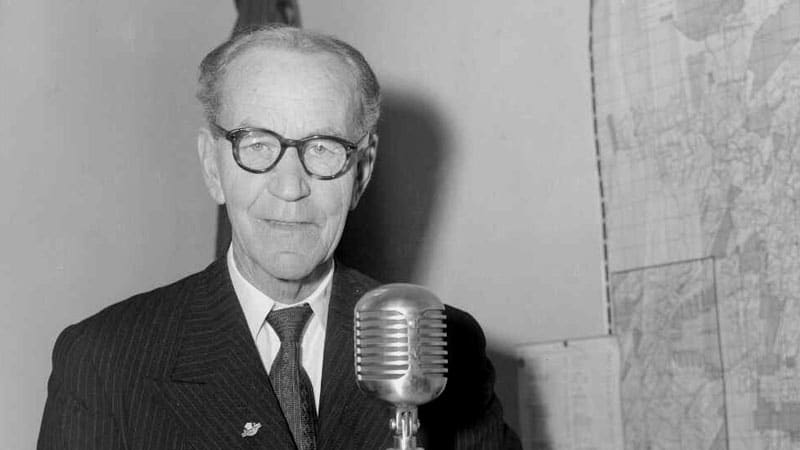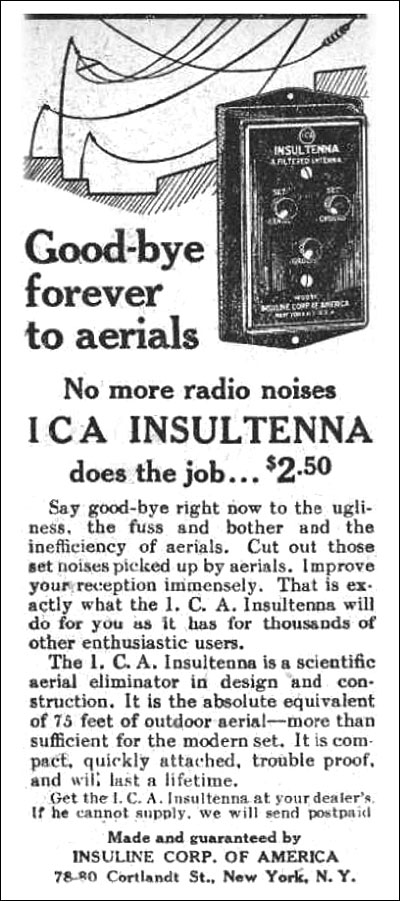This is a free fortnightly newsletter about the New Zealand Net. If you would like to be notified by email when a new edition is published, please contact ZL1NZ.
Browse our Newsletter Archive and List of Net Tips.
Featured key

Spirit single-lever paddle by AF6L
Spirit keys (single and dual-lever paddles plus a straight key) are made to order by David AF6L in northern Idaho, USA. All of them use rare-earth magnets rather than springs.
Launched in 2020, Spirit keys have a unique, modern appearance with some nice features, including an integrated cover to keep out dust.
 David, who grew up in England and whose day job is making custom-designed cribbage boards, works with a local machinist to produce Morse keys from solid aluminium blocks. He says he wanted to make keys with the ability to finely adjust the paddle movement and pressure.
David, who grew up in England and whose day job is making custom-designed cribbage boards, works with a local machinist to produce Morse keys from solid aluminium blocks. He says he wanted to make keys with the ability to finely adjust the paddle movement and pressure.
“Each fine adjustment is easy to achieve, yet locks firmly into place to avoid changes during use. The clean, simple design is also free of external knobs or screws to bump, misalign or catch to upset the adjustments once made.
“On the back of the key is the dampening adjuster, with which you can dial in the force needed to move the paddle, from barely any force at all to rather stiff. On each side are balancing adjusters, which ensure the centering and influence paddle speed.”
* If you have an interesting key for this feature, please send me a nice clear photo and a few words describing it.
Quick notes
 When I see this boat, all I can think of is having to spell the name phonetically all day long on the marine VHF radio. In the unlikely event that the vessel had W/T, I wonder if we could get away with just calling it ‘C’. Hmmm.
When I see this boat, all I can think of is having to spell the name phonetically all day long on the marine VHF radio. In the unlikely event that the vessel had W/T, I wonder if we could get away with just calling it ‘C’. Hmmm.
Grant ZL2GD has returned to the Net after his hospital stay (see QUA in previous newsletter), although his keying/writing wrist is still recovering. Welcome back OM.
David ZL2WT is currently without an 80m aerial, so unable to QNI. Say hello if you hear him on 40.
Huge SK auction. This is an online auction of a US ham’s gear and it is truly astounding. In addition to the pages of Collins gear, there are dozens of Morse keys – many of them highly prized but just chucked into boxes as ‘lots.’ (Keys start on page 11.) Hope they find good homes for all these treasures.
Gerard ZL2GVA, our NZ Net key builder, has a shiny new project underway. Look for details in a future edition of NZ Net News.
The CQWW CW Contest is this weekend. Get details.
Straight Key Night is Sunday 5 December from 2100 to 2200 hours NZDT on 80 metres. SKN is now an informal event, rather than a contest, and has a new web page.
Photo flashback

What a great shack! I bet many of us can identify the equipment. I don’t know whose shack it was.
Centennial of NZ radio broadcasting

In 1912 NZ Post Office telegraphist Clive Drummond became an operator at coast station Wellington Radio VLW. After hearing the first New Zealand radio broadcast by Professor Robert Jack from Dunedin in 1921, he and some friends started a radio station and he went on to become one of the country’s best-known broadcasters. The photo was taken in 1955, the year he retired. Photo: Evening Post Collection, Alexander Turnbull Library
Radio New Zealand has been marking the 100th anniversary of radio broadcasting in Aotearoa-New Zealand with some interesting programmes.
In one such programme, audio historian Sarah Johnston talks about the first 30 years of radio broadcasting. I recommend listening to the recording so you can enjoy the fascinating audio clips – but don’t miss the photos in the text version.
Video: Radio retailer/adventurer Dick Smith
Dick Smith’s autobiography My adventurous life has just been published. In this video interview with Hayden VK7HH, Dick shares some stories, and they are often hilarious.
Audio challenge
Here is a recording of a maritime distress message as relayed by a coast station. It’s easy copy, but you’ll have to do a bit of work to answer my challenge.
I would like you to tell me:
- the name and callsign of the coast station
- the nationality of the warship near the vessel in distress
- the approximate location of the distress, in words (not the lat/long)
Please send your answers via radiogram to ZL1NZ.
Net tip: COL
In the distress recording above, the coast station sent a COL after the message.
COL means “I collate” and the sending station uses it to repeat the most important or unpredictable groups (words) of the message so that the receiving operator can check their copy for accuracy. Typically, COL is used to repeat the numbers in a message (including those in the address and/or signature).
If you haven’t encountered COL before, I suggest listening to the recording again so you get the idea.
A COL is not part of a message, but is sent immediately after a message, that is, right after the end-of-message signal <AR>.
Advertising archive

A genuine testimonial*
“I saw an advertisement for an ICA Insultenna, which at $2.50 seemed a bargain. As per the advert, I replaced my 75 foot wire aerial (close to a quarter wave on 3535kc/s) and, true to the claims of the manufacturer, it is compact, connects easily, and is trouble free.
“All radio noise has disappeared – in fact the radio is deathly quiet.”
A happy customer, David ZL2WT
* Actually, not even remotely genuine
The advertisement is from the 1930s
Suggestions?
If you have suggestions on how to make the NZ Net better, or things you’d like to see covered in these updates, please contact ZL1NZ. You might even like to write something for the newsletter.
Thanks for reading, and I hope to hear you soon on the NZ Net!
—
Neil Sanderson ZL1NZ, Net Manager
New Zealand Net (NZ NET)
3535.0 kHz at 9pm NZT Mon-Fri



